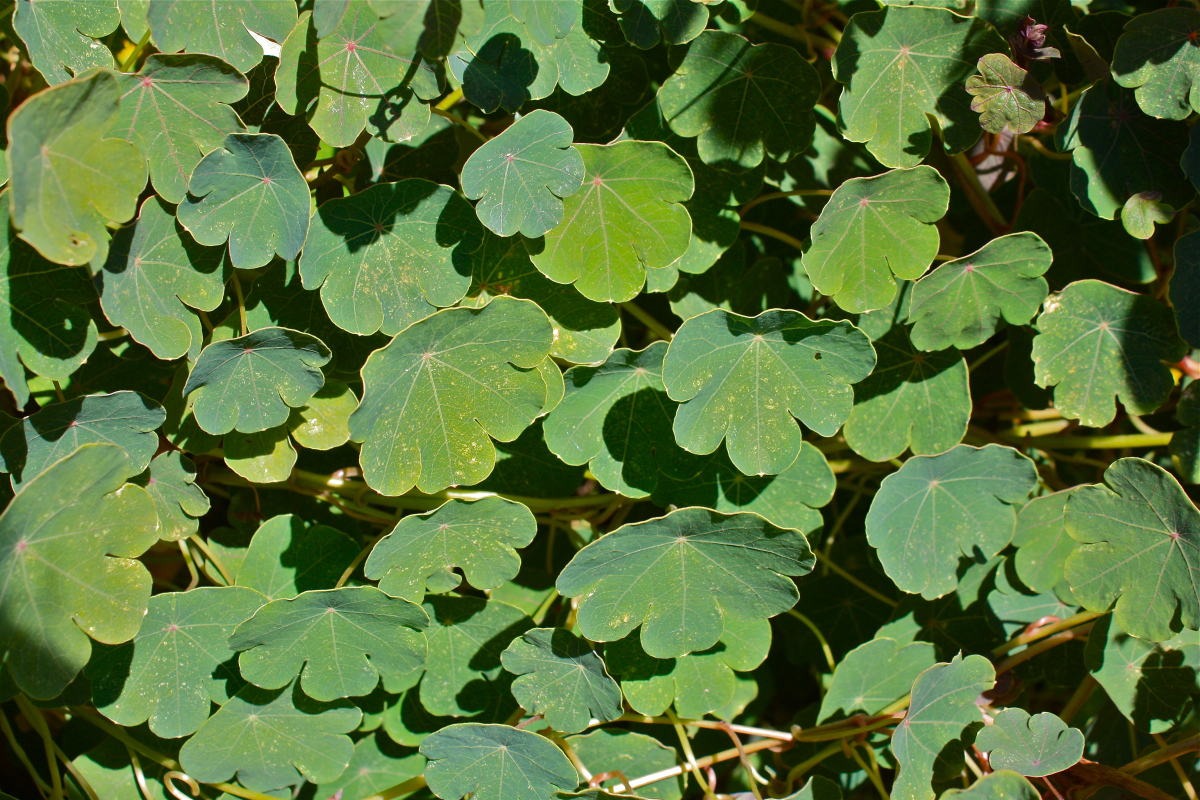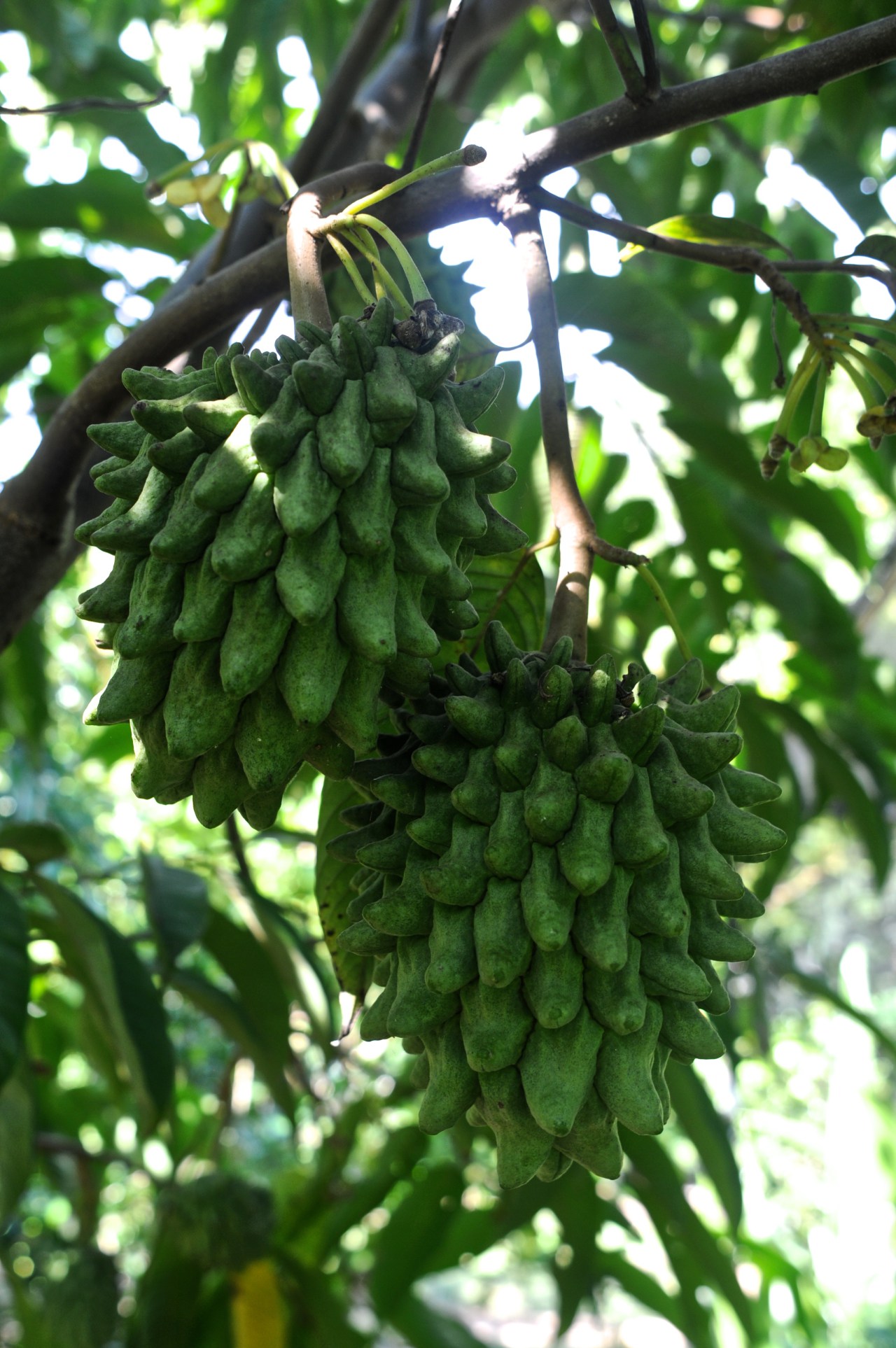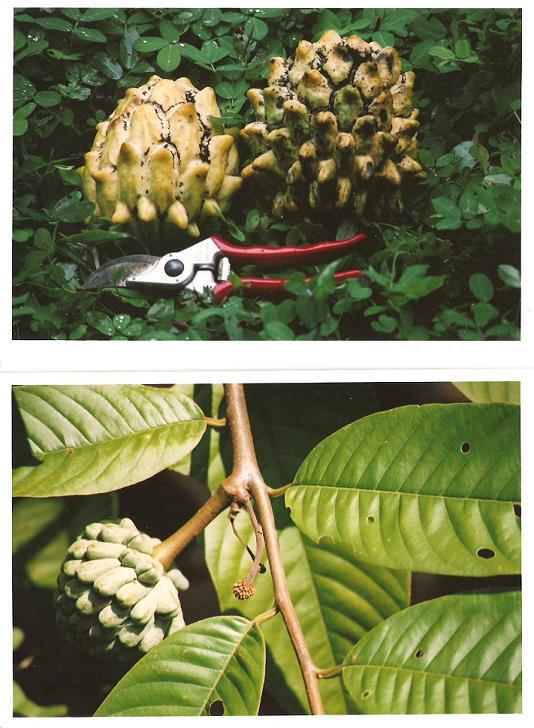More than 100 researchers have collaborated to classify the world's tropical forests according to their evolutionary history, a process that will help researchers predict the resilience or susceptibility of different forests to global environmental changes.
The results, culled from almost 1 million different tree samples from 15,000 tree species, have uncovered a shared ancestry between tropical forests thousands of miles apart and previously believed to be unrelated. Published this week in the Proceedings of the National Academy of Sciences, the study describes an international, grassroots effort to collect and analyze data from more than 400 geographic coordinates across the tropics, a region that comprises 40 percent of the Earth's surface.
The study was led by Ferry Slik, an associate professor at the Universiti Brunei Darussalam in Brunei. Janet Franklin, a distinguished professor of biogeography at the University of California, Riverside, coordinated the interpretation and reporting of the data, which is publicly available as an open access article.
Franklin said the new classification scheme's value comes from the inclusion of ancestral information about the tree samples (gleaned from DNA analyses), rather than the "snapshot" of tree biodiversity that is obtained from recording a plant's species.
"When ecologists study biodiversity, they look at the present day by identifying the range of species in a particular forest. However, without going deeper into a plant's history by looking at its family tree, each species is considered separate and unrelated," Franklin said. "By adding the evolutionary relationships between species, however, we suddenly have a measure of how similar species are to each other. This means that we were able to do a much more detailed and realistic comparison between forest sites than previously possible."
The study revealed five major tropical forest regions: Indo-Pacific, Subtropical, African, American, and Dry Forests, which are found at the boundaries between tropical and dry climates.
The study also showed the evolutionary relationships between the forests. One surprising finding was that tropical forests in Africa and South America are closely related, with most of the differences between them occurring within the last 100 million years.
More information: J. W. Ferry Slik el al., "Phylogenetic classification of the world's tropical forests," PNAS (2018). www.pnas.org/cgi/doi/10.1073/pnas.1714977115
Journal reference: Proceedings of the National Academy of Sciences
Provided by: University of California - Riverside
















